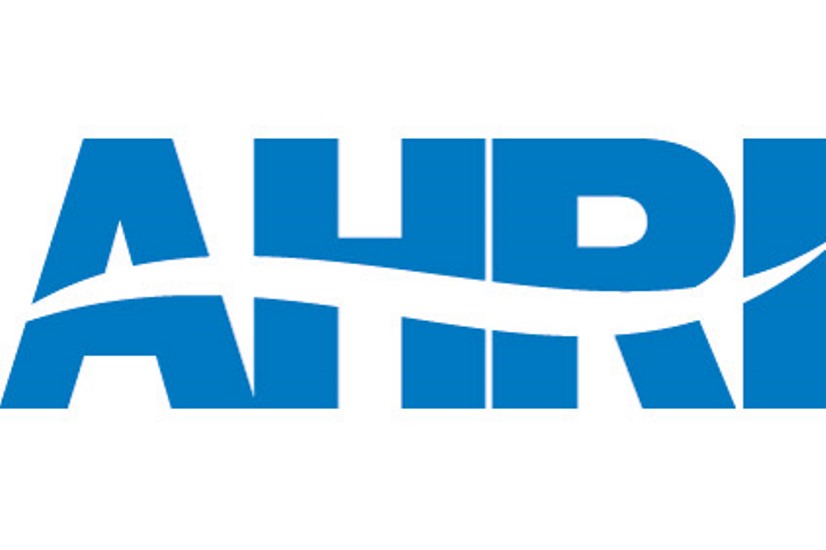Features
Tampa Steel: Analysts forecast lower sheet prices this year
Written by Laura Miller
January 30, 2024
With rising steelmaking capacity and flat demand, industry analysts are predicting lower prices for sheet products this year.
Speaking at the Tampa Steel Conference this week, Josh Spoores, principal analyst at CRU, said sheet prices are ‘rounding the top’ of this cycle. He anticipates prices to fall relatively quickly over the next quarter or two before beginning to level out.
He forecasted hot-rolled coil (HRC) prices to be around $805 per short ton this year.
The forecast from Wolfe Research’s Timna Tanners was similar: $930/st in Q1, $775/st in Q2, $750/st in Q3 and Q4, with an annual average of $801/st.
Alex Hacking, a metals and mining analyst at Citi, predicted an HRC range of $650-1,100/st for the year, with an average of $850/st.
All three analysts agreed that steel prices are unlikely to go back to the pre-Covid ‘normal’ of sheet prices in the $600s/st. “$850 is the new $650,” Hacking commented, while Spoores said a more normalized price now is $750-800/st.
Hacking noted two additional things supporting higher steel prices: cost inflation and the cost of cap-ex, which is now much higher than in 2018.
Spoores said 2024 will be a good year for companies to strategically position themselves for better-than-trend growth in 2025 and 2026.
The Great Scrap Squeeze
At the conference, Tanners introduced her new “Great Scrap Squeeze” thesis, which is a continuation of her ‘Sheet Storm’ thesis that’s been prevalent for a few years now.
She’s doubling down on that sheet storm and is now bracing for a scrap surge.
In 2024, there will be even more sheet supply coming to market, and demand for scrap is going to increase significantly, she said.
She cited new sheet capacity coming online – AM/NS Calvert, a full ramp-up at SDI’s Sinton mill, Algoma Steel’s new EAFs, U.S. Steel’s Big River 2 project, and Nucor’s new West Virginia mill – that will create an estimated 9 million tons of additional scrap demand.
“We think there will be a run on scrap,” Tanners said. “Scrap costs will go up. I don’t think they’ll be able to pass it through in an excess sheet supply environment.”
Another supply-side risk that could surprise the market is the potential for a restart at AHMSA, Tanners noted. Spoores commented that when the Mexican steelmaker closed in late 2022, its production was taken out of an already tight market. If it comes back, it will be coming back into a much looser market, he said. Tanners also noted that an AHMSA restart would bring a less disciplined player back to the market.

Laura Miller
Read more from Laura MillerLatest in Features

Price: Reciprocal tariff changes and potential new tariffs for Brazil, Canada, others
Trade issues do not seem poised to leave the headlines anytime soon. And as recent developments show, the administration’s tariff policy remains ever-changing.

SMU Scrap Survey: Sentiment Indices rise
Both current and future scrap sentiment jumped this month, though survey participants reported responses before key trade news was announced.

HVAC equipment shipments bounce back in May
Heating and cooling equipment shipments grew from April to May, according to the latest data released by the Air-Conditioning, Heating, and Refrigeration Institute (AHRI).

US drilling activity falls further, climbs in Canada
US oil and gas drilling activity continued to decline for the 11th consecutive week, while Canadian counts climbed for the sixth week in a row, according to the latest data from Baker Hughes.

SMU Survey: Sentiment splits, buyers have better view of future than the present
SMU’s Steel Buyers’ Sentiment Indices moved in opposite directions this week. After rebounding from a near five-year low in late June, Current Sentiment slipped again. At the same time, Future Sentiment climbed to a four-month high. Both indices continue to show optimism among buyers about their company’s chances for success, but suggest there is less confidence in that optimism than earlier in the year.
